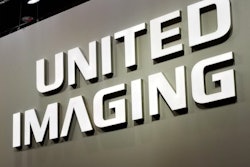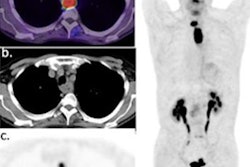Wednesday, November 30 | 9:30 a.m.-10:30 a.m. | W3-SSNMMI06-1 | Room S502
The role of F-18 DCFPyL (Pylarify) PET/MRI in the management of men considered for focal ablative therapies (FT) will be discussed in this session, with results suggesting the approach may exclude nearly 30% of patients from focal therapy.Researchers at the University of Toronto led by presenter Dr. Adriano Dias enrolled 34 men with biopsy-proven low or intermediate-risk prostate cancer who were potential candidates for FT based on initial biopsy. All participants underwent F-18 DCFPyL-PET/MRI between June 2017 and October 2019, with PET, multiparametric (mp) MRI, and PET/MRI performances each assessed independently.
Overall, 40/67 (60%) lesions identified on PET, mpMRI, or PET/MRI were malignant, and 34/40 (85%) were clinically significant prostate cancer, according to the results. On lesion-level analysis, the sensitivity of PET was higher than that of mpMRI and PET/MRI (91% vs. 76% and 79%), but PET had a lower specificity (39% versus 85% and 88%) for diagnosing clinically significant disease. The areas under the curve (AUCs) for PET, mpMRI, and PET/MRI were 0.65, 0.81, and 0.84, respectively. Twenty-two patients were excluded from FT after PET/MRI imaging.
"PET detected more csPCa than mpMRI but at a lower specificity. Overall, [F-18] DCFPyL PET/MRI (PET, mpMRI, and PET/MRI) excluded nearly 30% of patients from focal therapy," Dias noted.
Nomograms help predict positive Pylarify scans in prostate cancer patients





















